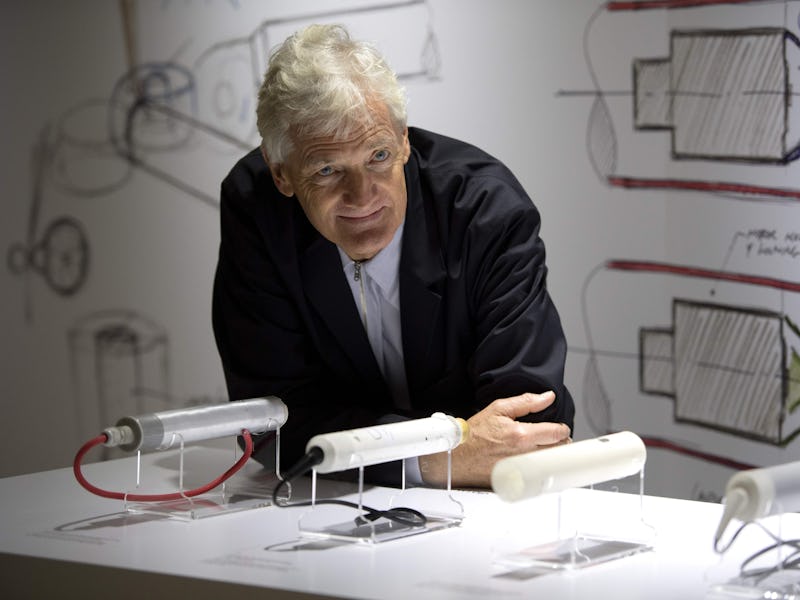Dyson SUV: failed $600 million Tesla rival boasted incredible battery range
James Dyson's plan to produce an electric sport utility vehicle hit rocky ground.

Dyson's vacuums are famous for sucking with no loss of power. Technical marvels in household appliances, the British company wanted to expand beyond the front door with an idea for an electric car that definitely didn't suck. The vacuum cleaner developer was working on a vehicle to rival the Tesla Model X – but a sky-high price tag, unfortunately, killed the project in its tracks.
Entrepreneur James Dyson, in an interview with the Sunday Times, described his "huge sadness and disappointment" at the secretive project's failure. The "N526" project was aimed at delivering an all-electric sport utility vehicle, with seven seats and the ability to travel more than 600 miles on a single charge. It's a figure that would have beaten the sub-400-mile Tesla Model X by a wide margin, even rivaling the Tesla Roadster supercar that's not expected to launch until 2022.
Dyson's interview marked the first time he had made the top spot on the Sunday Times Rich List, an annually-compiled list of the United Kingdom's 1,000 wealthiest people or families. But while Dyson's net worth now ranks at £16.2 billion ($19.6 billion), he personally spent £500 million ($605 million)on the failed project. He is now planning to spend the staggering £2.5 billion ($3 billion) car budget in other areas of the business.
The vehicle would have offered a top speed of 125 mph, 480 pound-feet of torque, and 536 brake-horsepower. It would have reached 0 to 62 mph in 4.8 seconds, thanks to two 200 kilowatt-hour electric motors powering the 5,700-pound vehicle.
It would have offered these specs, but thanks to the economics of the car industry, it never will.
How Dyson almost beat Tesla on range – Battery range is one of the key metrics buyers use when determining whether to purchase an electric car. It's frequently cited as a concern by potential buyers, who worry about waiting to recharge mid-journey and adding extra minutes onto a trip. Tesla CEO Elon Musk claims its Model S can now travel further than 400 miles per charge, the furthest of any of its vehicles – but Dyson's car would have outpaced it by nearly 50 percent.
Dyson claims the car would have met this figure thanks to decades of battery research. A lithium-ion pack with 8,500 copper cylinders is the culmination of years of research into rechargeable batteries, which the firm otherwise uses to power vacuum cleaners and other products.
Why did Dyson cancel it? – The main reason, according to the man himself, was price. The vehicle would have had to sell for £150,000 ($182,000) to avoid selling at a loss. That would have been far more than the Model X, which starts at $84,990. It would have come closer to the $200,000 pricetag for the Roadster hypercar. Dyson argues that the likes of BMW and Audi are able to compete on electric vehicle pricing because they sell the cars at a loss, making up the figures with traditional cars.
Beyond redistributing the budget into other projects, Dyson also teased the firm may turn its attention to solid-state batteries, like those under development at firms like Solid Power:
“Other people are developing solid-state batteries. We may be the first. If what we’re doing turns out to be suitable for other people, then that’s an option.”
The Inverse analysis – Dyson's car could have wowed the world, but the economics of the industry could mean it never sees the light of day. While the figures around electric vehicle production could shift in the next five years to reach a tipping point, where electric cars are cheaper than their traditional counterparts, it seems the current sums didn't add up now for Dyson.
Tesla has poured research efforts into improving both the car's battery, which stores the power, and the powertrain, which uses the power to make the car move. Long-awaited powertrain and battery investor days could show where it plans to move next on both these fronts later this year. But it will take something extra special to beat Dyson's planned car on range.
This article was originally published on